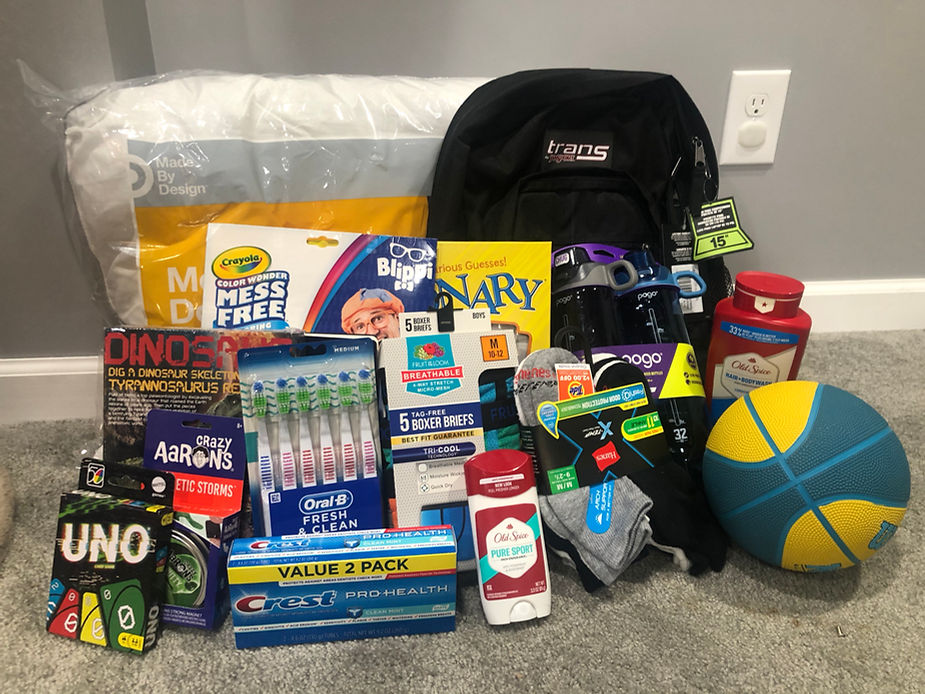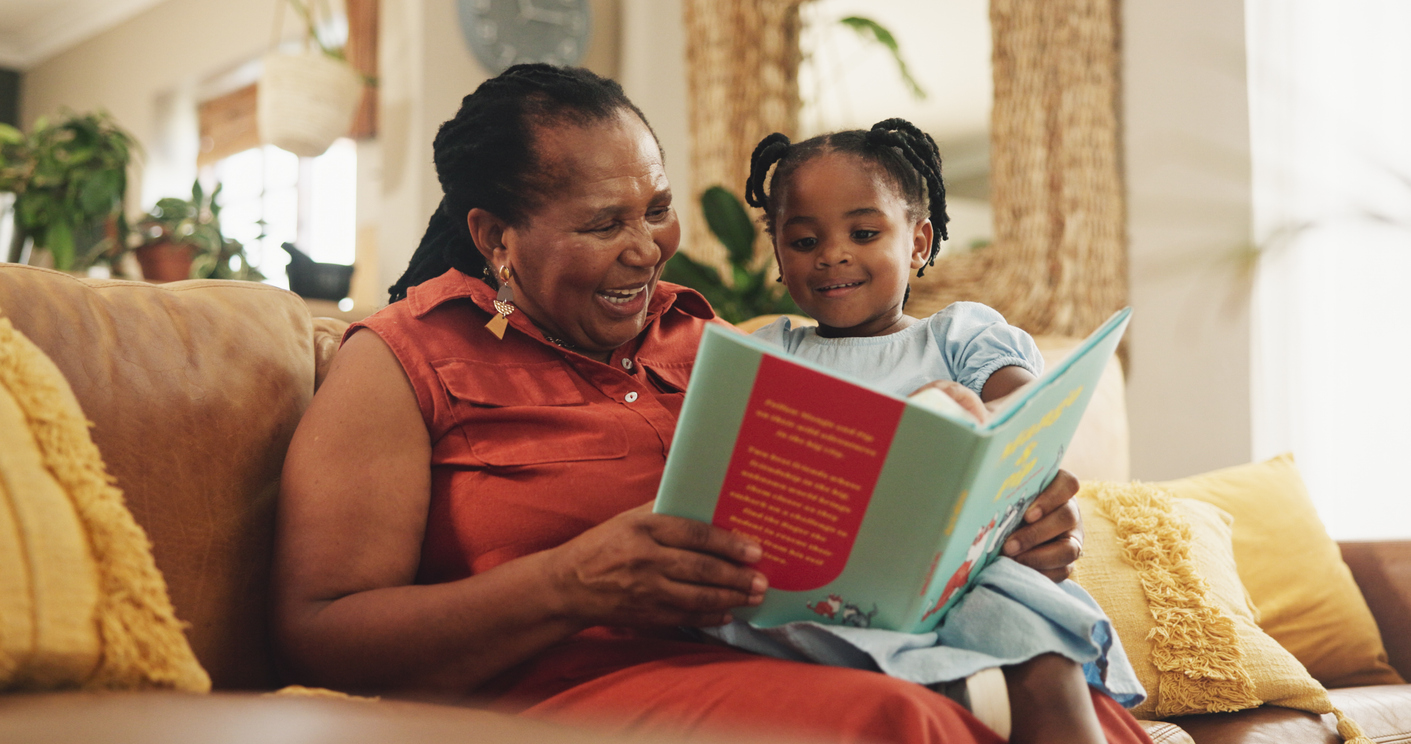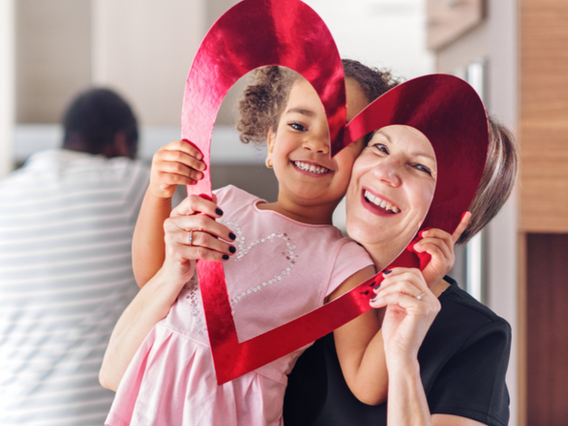Parenting & Childcare Blog
What to Include in Foster Care Welcome Bags
Welcoming a new child in foster care to your home is a time filled with many emotions. In addition to the positive feelings of anticipation, you or the kiddo may feel nervous about the transition. Being thoughtful of how you’re starting the foster relationship is essential to making the connection that supports a successful placement. One way to help the child feel welcomed, supported, and included is by creating a welcome bag to give them upon their arrival at your home.
How to Create a Welcome Bag for Children in Foster Care
When considering what to include in a welcome bag for your child in care, you’ll want to ensure the contents are relevant to the child. For example, age is a critical consideration. The contents of a welcome bag for an infant will be far different from that for a teenager. You can also use any personal details that you may have learned beforehand, such as a favorite snack or hobby, to incorporate into the welcome bag.
Keep safety in mind as you’re putting the welcome bag together for your child in foster care. Welcome bags should not include anything dangerous, like sharp objects or inappropriate material. Furthermore, avoid anything that could potentially trigger the child in foster care, which would create unease. If you’re unsure if an item will be a trigger to the child in foster care, err on the side of caution and do not include it. Instead, opt for lighthearted options that are fun and inclusive.
What to Include in a Foster Care Welcome Pack
As you’re starting to gather items for your welcome bags, think empathetically about the child’s situation and needs. We have a simple scenario to help you identify what to include in a welcome bag: if you were to go on a flight to a different state and your luggage was lost, what essentials would you need until your luggage was returned to you? Many times, children in care need the essential items you would require in a scenario like the one we described — think of things like a toothbrush and toothpaste, a hairbrush, and socks.
Snacks and drinks are also important inclusions in a welcome pack regardless of age. Many times, children in foster care will be hesitant to ask for food and beverages; therefore, including non-perishable snacks and drinks in a welcome bag provide access to these essentials until the kiddo is comfortable asking for them.
You can make the welcome bag even more special by placing the items inside a reusable bag, backpack, or perhaps even a hamper for their room in your home.
Additionally, we recommend considering some of the items below, listed by age range
Infants & Toddlers
- Stuffed animal
- Footed pajamas
- Socks
- Board book
- Small blanket
Children
- Blanket
- T-Shirts
- Chapter book
- Notebook and crayons
- Toothbursh and toothpaste
Teenagers
- Large blanket
- Book or novel
- Notebook and pen
- Body wash and deodarant
- Thinking putty
- Welcome letter introducing the family and home
If you’re unsure how to put your welcome basket together, there are many sources of inspiration! From a quick Google search to the many photos available on Pinterest, you’re likely to find something to spark your creativity. Try to avoid any unnecessary filler, like the crinkle paper that is often found in gift baskets. Not only is this not eco-friendly but also takes resources that could be used adding to your gift basket. For example, instead, use a pack of socks to fill the bottom of the basket or add an additional coloring book to the pack.
Keep in mind that welcome baskets do not have to be expensive! You can find many fun and useful items to include at a low cost. Search places like Five Below and Bullseye’s Playpen at Target to find different activities, inspirational signs, books, and more. Regardless of what you include, being mindful of the child you’re welcoming into your family and their needs will allow you to create a welcome bag that is meaningful and inviting — setting the stage for a positive relationship.




